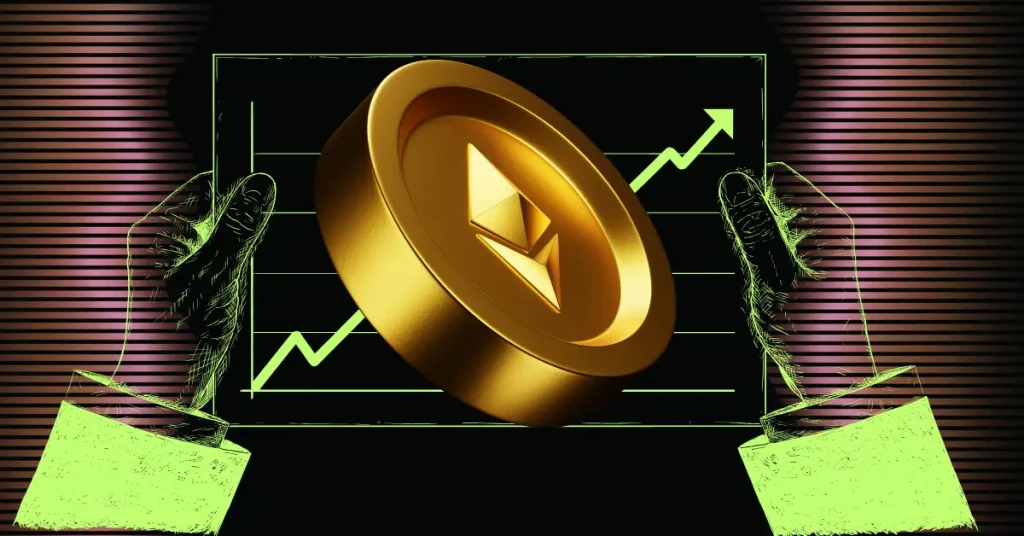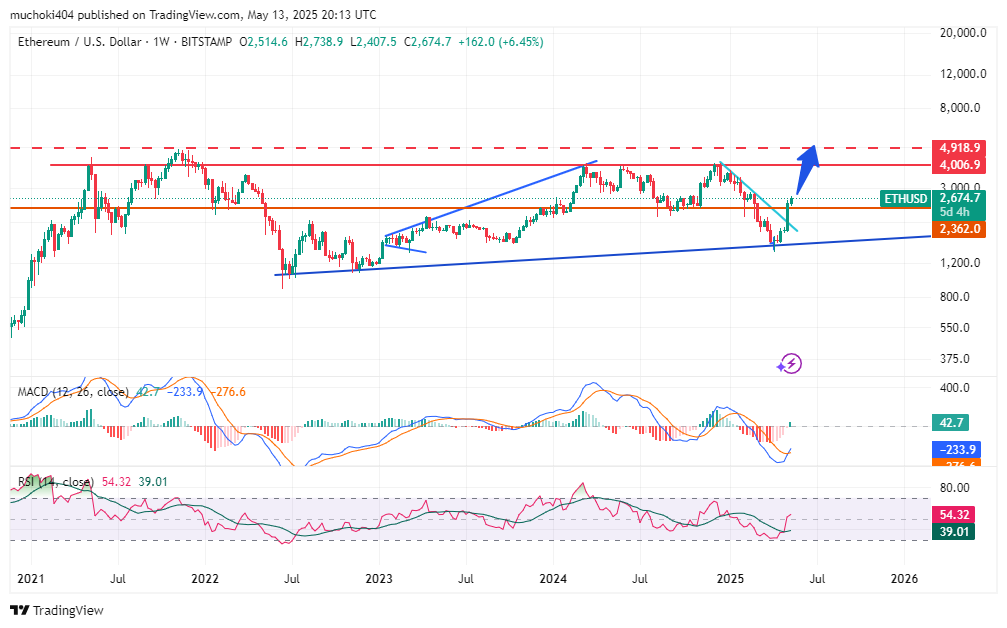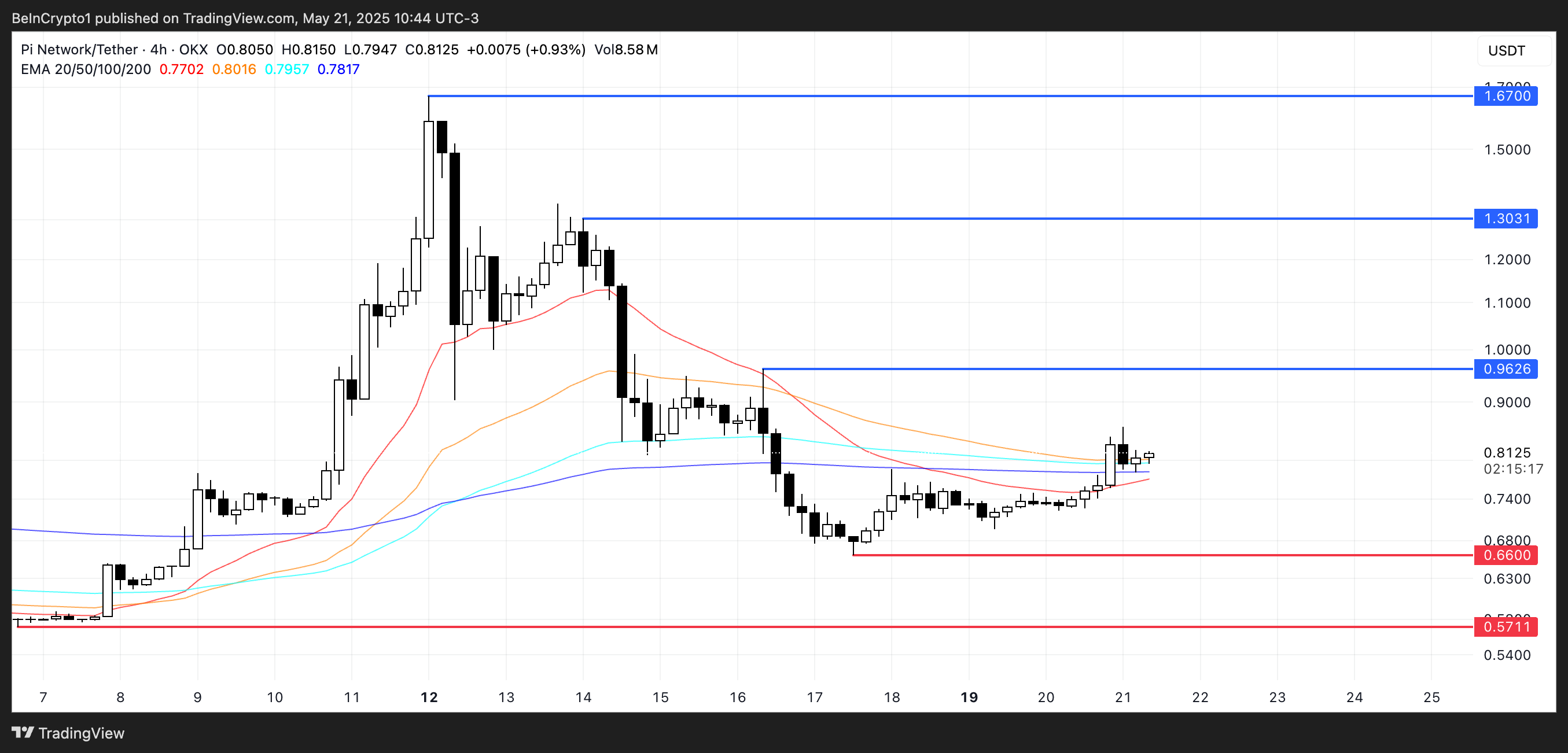
Pi Network price eyes massive gains after the PI core team released its first major update in nearly one month, fuelling speculation about a potential listing on the Binance exchange. The feature, which involves mainnet wallet activation, will ensure that individuals who have fulfilled KYC requirements can access the blockchain.
Despite this feature marking a major milestone for Pi Coin, the price remains under bear control with a slight 1.8% decline in 24 hours to trade at $0.58.
Pi Network Price Eyes 2025 Gains after Mainnet Wallet Activation
Pi Network has launched a new feature that will allow users who have been KYC’d to activate their mainnet wallet on the blockchain, which will bolster accessibility and bode well for the price in 2025. In a blog post, the Pi Coin team stated that the new feature will unlock transparency, which is one of the key issues that the PI community has raised regarding why the token is not being listed on top exchanges.
As Coingape reported, experts have attributed PI’s lack of transparency to few exchange listings, but with this issue almost being solved, the altcoin may be poised for recovery. The mainnet wallet activation feature has also added an element of decentralisation, as people who are not on the Pi Network can now access the mainnet. The team noted,
“This feature largely reduces the steps and time required for non-users to receive Mainnet wallets and interact directly with Pi utilities, which in turn onboards more people into the Pi Mainnet ecosystem sooner.”
With the new update seeking to resolve the issues around transparency and decentralisation, PI may list on exchanges that have been shunning it due to regulatory concerns. Doing so will trigger gains for the Pi Network price and result in massive gains in 2025.
PI Technical Analysis as Rally to $1 Nears
The price of Pi Network is eyeing a breakout rally as a falling wedge pattern on the four-hour chart suggests that a 16% reversal rally is looming that will push the altcoin to resistance at $0.71. If PI can clear this level and then push above $0.80, it will create room for the next bullish leg to $1.
The falling ADX line further aligns with this bullish Pi Network price prediction as it is an indication that the current downtrend is weak, which paves the way for the price to recover. If the selling activity that has been pushing PI lower eases, then there is room for an upward trend will emerge.

To sum up, the Pi Network price outlook for 2025 is positive due to updates like the recent mainnet wallet activation that may trigger listing on top crypto exchanges. In the coming weeks, PI may overcome resistance at the upper trendline of a falling wedge pattern and aim for $1. Once it breaks this psychological level, an upswing to all-time highs may be on the horizon.
The post Pi Network Price Outlook 2025: Mainnet Wallet Activation Fuels Binance Listing Speculation appeared first on CoinGape.








